1. Introduction to Sodziu
The word Sodziu is far more than a simple Lithuanian term—it represents a way of life, an intimate connection with nature, and a cultural anchor rooted in centuries of tradition. Historically, Sodziu referred to a small rural homestead or village, where families lived self-sufficiently, surrounded by fertile land and close-knit communities. In the modern era, however, Sod ziu has evolved to embody the farm-to-table movement, where sustainability, local food, and authenticity come together in culinary and cultural revival.
By exploring Sodziu, we discover not only the architecture and folklore of Lithuanian villages but also a renewed lifestyle philosophy that blends tradition with innovation. This article delves into its cultural, historical, and gastronomical significance, highlighting how Sodziu is being reimagined today through eco-tourism, organic farming, and modern gastronomy. Ultimately, Sodziu is more than a rural settlement—it is a symbol of sustainability, resilience, and national identity.
2. What Does Sodziu Mean?
The linguistic roots of Sodziu trace back to the Lithuanian language, where it translates roughly to “small village” or “rural homestead.” This literal meaning reflects simplicity, closeness to the land, and community-oriented living. Beyond its direct translation, Sod ziu carries symbolic depth—it represents harmony with nature, continuity of tradition, and the sanctuary of rural resilience.
Emotionally, Sodziu resonates deeply with Lithuanians. It evokes childhood memories of gardens, wooden homes, and family gatherings, as well as a profound sense of belonging. In an era of globalization and urbanization, Sodziu has become a cultural metaphor for grounding oneself in heritage while adapting to modern change. In short, it is both a physical place and a state of mind, reminding Lithuanians of their roots and values.
3. Lithuanian Context: Village or Rural Homestead
In Lithuanian history, Sodziu villages were not just places of residence but community hubs where traditions, festivals, and agricultural rhythms shaped social life. Seasonal cycles—such as harvests, midsummer festivals (Joninės), and winter feasts—brought people together, strengthening collective bonds.
Even today, as Lithuania experiences rapid urban growth, Sod ziu retains relevance. Many urban families maintain rural homes for summer retreats, gardening, and reconnecting with ancestral land. This continuity illustrates how Sodziu has transitioned from practical necessity to cultural heritage, ensuring that village traditions remain alive even amidst modernization.
4. Cultural Significance of Sodziu in Lithuanian Heritage
Lithuanian folklore, music, and celebrations are deeply tied to rural life. Songs about harvest, mythical creatures, and the beauty of forests and rivers often originated from village storytelling traditions. Festivals, such as Kučios (Christmas Eve dinner), were rooted in Sodziu practices of sharing food, honoring ancestors, and respecting nature’s cycles.
As a cultural anchor, Sod ziu reinforces Lithuanian identity and resilience. Through wars, occupations, and modernization, rural homesteads preserved traditions when cities were under foreign influence. This heritage continues to influence national consciousness, where Sodziu is not just remembered but celebrated as a symbol of continuity and authenticity.
5. Traditional Lifestyle and Sodziu Architecture
Sodziu architecture reflects simplicity and sustainability. Traditional homes were wooden structures with thatched or shingle roofs, decorated with vibrant colors and carved details. Surrounding the homestead, families maintained gardens, orchards, and barns for livestock, ensuring self-sufficiency in food and resources.
Inside these homes, handmade furniture, embroidered linens, and artisanal crafts symbolized generational identity. Tools, decorations, and heirlooms were passed down, embedding stories into physical objects. Beyond practicality, these traditions embodied aesthetic harmony with nature and community values, a design philosophy that continues to inspire modern eco-housing in Lithuania.
6. Sodziu-Based Folklore, Arts, and Generational Bonds
Lithuanian folklore often portrays Sod ziu life as the stage for myths, nature spirits, and moral lessons. Tales of forest guardians, healing herbs, and seasonal rituals reflect how daily rural life intertwined with spirituality.
In addition, Sodziu inspired artistic traditions such as weaving, pottery, and embroidery. These crafts were not only functional but also carried symbolic patterns tied to fertility, protection, and prosperity. Family storytelling reinforced intergenerational bonds, transmitting cultural wisdom to children. This continuity highlights Sodziu as a living archive of folklore and creativity.
7. Modern Revival: Tourism, Eco-Living, and Creative Projects
Today, Sod ziu is being reimagined in innovative ways. Rural tourism offers travelers authentic experiences—staying in traditional homesteads, tasting farm-fresh food, and participating in cultural workshops. Eco-living projects emphasize organic farming, renewable energy, and sustainable housing, making Sodziu a model for green living.
Creative initiatives—such as weaving, pottery, and cooking workshops—connect younger generations to traditional skills. Music and cultural festivals set in Sodziu villages further highlight its role as a hub for creativity and identity revival.
8. Sodziu in Literature, Art, and Digital Storytelling
Sodziu has long been celebrated in Lithuanian poetry and prose, often as a metaphor for nostalgia, simplicity, and homeland. Artists capture its rural charm through paintings, wood carvings, and photographs, preserving its visual beauty for future generations.
In the digital age, blogs, vlogs, and social media campaigns now showcase Sodziu worldwide. Videos of farm-to-table cooking, village festivals, and traditional crafts are bringing Lithuanian heritage to global audiences, blending digital storytelling with cultural preservation.
9. The Emotional Connection Lithuanians Have with Sodziu
For many Lithuanians, Sodziu is not just history—it is personal memory. Whether recalling summers in grandparents’ gardens, harvesting apples, or singing folk songs by the fire, Sod ziu represents childhood warmth and collective resilience.
On a national level, it symbolizes community identity and cultural pride. Even young generations who grow up in cities feel a deep connection to their rural roots, making Sodziu a powerful emotional anchor in modern life.
10. Preservation Efforts: Sustainability and Community Heritage
Lithuania is witnessing a growing movement to preserve Sod ziu traditions. Organic farming, ecological construction, and eco-tourism initiatives help sustain rural communities while protecting the environment. NGOs and cultural organizations are hosting workshops to teach traditional crafts like woodworking, weaving, and pottery.
By blending heritage with modern economic models, Sodziu preservation ensures that tradition is not frozen in the past but adapted for the future. This also strengthens rural economies while fostering cultural pride.
11. Sodziu as a Symbol of Identity and Continuity
Sod ziu embodies Lithuanian resilience, tradition, and adaptation. Through intergenerational storytelling, songs, and crafts, it acts as cultural glue holding families and communities together. Its modern revival as a farm-to-table philosophy bridges the past with the future, making it relevant for global sustainability movements while remaining uniquely Lithuanian.
Farm-to-Table Perspective of Sodziu
12. The Farm: Sustainable Practices and Farm-to-Table Philosophy
At the heart of modern Sodziu is the farm, where organic and regenerative farming methods restore biodiversity and respect seasonal rhythms. Instead of industrial agriculture, Sod ziu emphasizes small-scale farming that values freshness, soil health, and local ecosystems. This approach shapes not only food production but also community relationships, as seasonal cycles define social and culinary life.
13. The Kitchen: Creative and Fresh Ingredients
The kitchen is where Sodziu philosophy truly comes alive. Menus are designed around what the land provides seasonally—fresh berries in summer, root vegetables in winter, wild herbs in spring. Modern chefs creatively blend traditional Lithuanian recipes with contemporary culinary techniques, ensuring that heritage remains relevant.
Collaboration between chefs and farmers strengthens authenticity while supporting local economies and sustainable food systems.
14. The Restaurant: A Culinary Experience
Restaurants inspired by Sod ziu embody rustic charm and warmth. Interiors often feature wooden décor, natural textiles, and open kitchens where visitors can see their food being prepared. Each dish tells a story—whether it’s rye bread baked from heritage grains or mushroom soups made from forest harvests.
Inclusivity is also emphasized, with menus catering to vegan, vegetarian, and health-conscious eaters, ensuring the philosophy adapts to modern dietary needs without losing authenticity.
15. Supporting Local Communities and Farmers
Sodziu emphasizes direct partnerships with local farmers, ensuring fair pricing and community-driven economies. By purchasing ingredients from nearby producers, restaurants and households strengthen rural bonds while reducing environmental impact. This closed-loop system of production, consumption, and reinvestment embodies the farm-to-table philosophy at its core.
16. Sodziu’s Impact on the Gastronomy Industry
Sod ziu is influencing chefs across Lithuania and beyond to embrace sustainability, locality, and authenticity. By elevating traditional Lithuanian dishes into fine dining and global gastronomy, Sodziu places the nation on the world culinary map. More importantly, it fosters consumer awareness, encouraging people to ask where their food comes from and how it impacts the environment.
17. Conclusion: Embracing Sodziu as Heritage and Lifestyle
Sodziu is not just about rural heritage—it is a way of life that unites culture, sustainability, and gastronomy. As Lithuania faces the challenges of modernization, Sod ziu offers a timeless reminder: true progress lies in authenticity, resilience, and balance with nature.
By embracing Sod ziu, Lithuanians preserve their roots while contributing to global sustainability conversations. Whether through a traditional homestead, a modern eco-farm, or a farm-to-table restaurant, Sodziu continues to inspire—bridging the old with the new, the local with the global, and tradition with innovation.
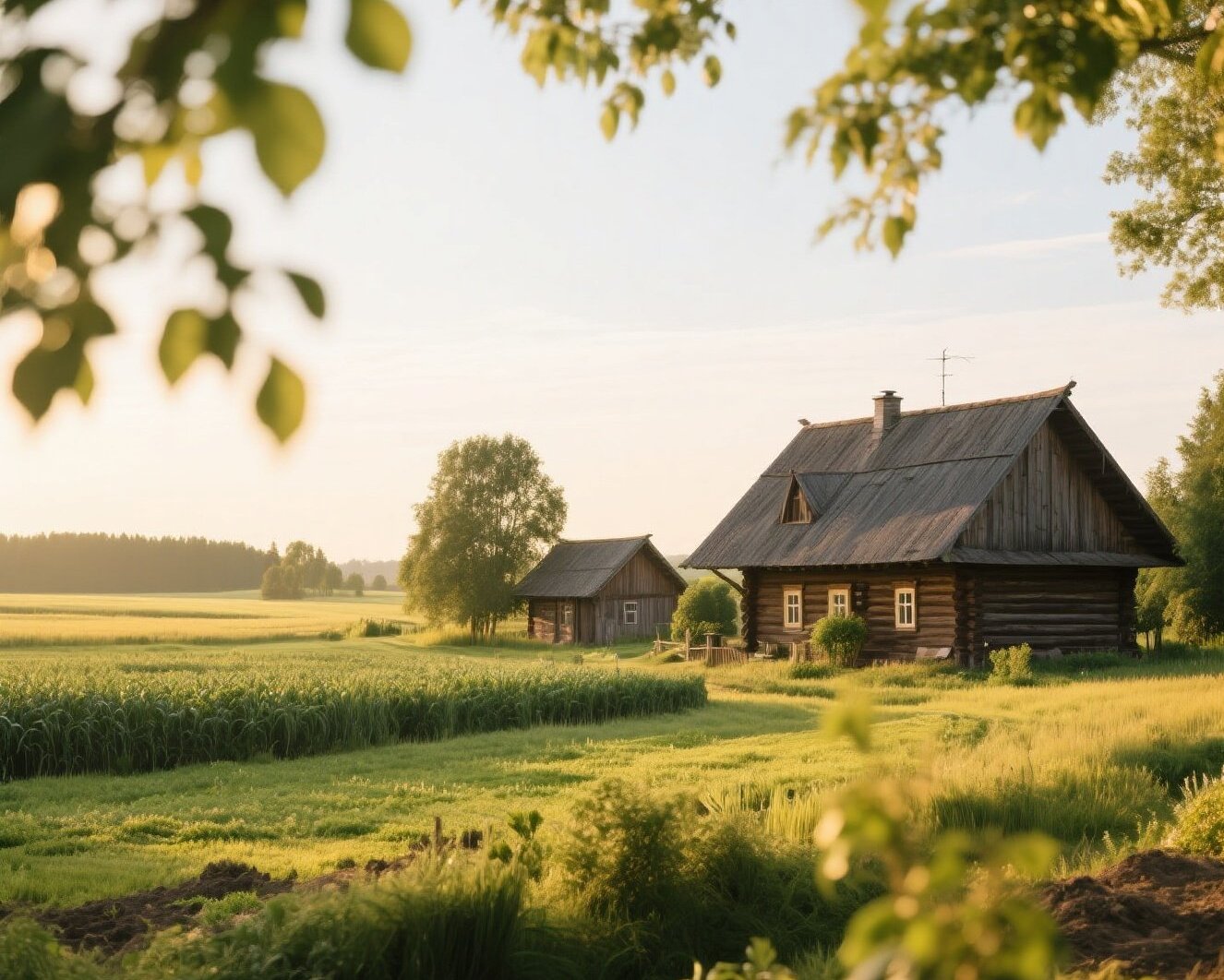

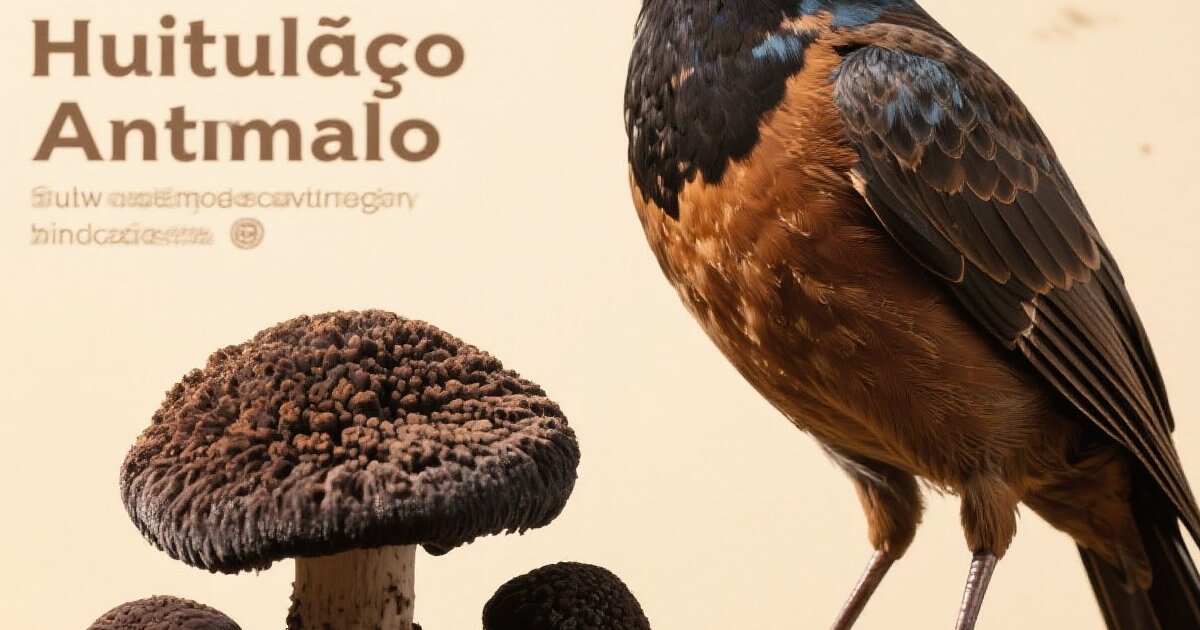

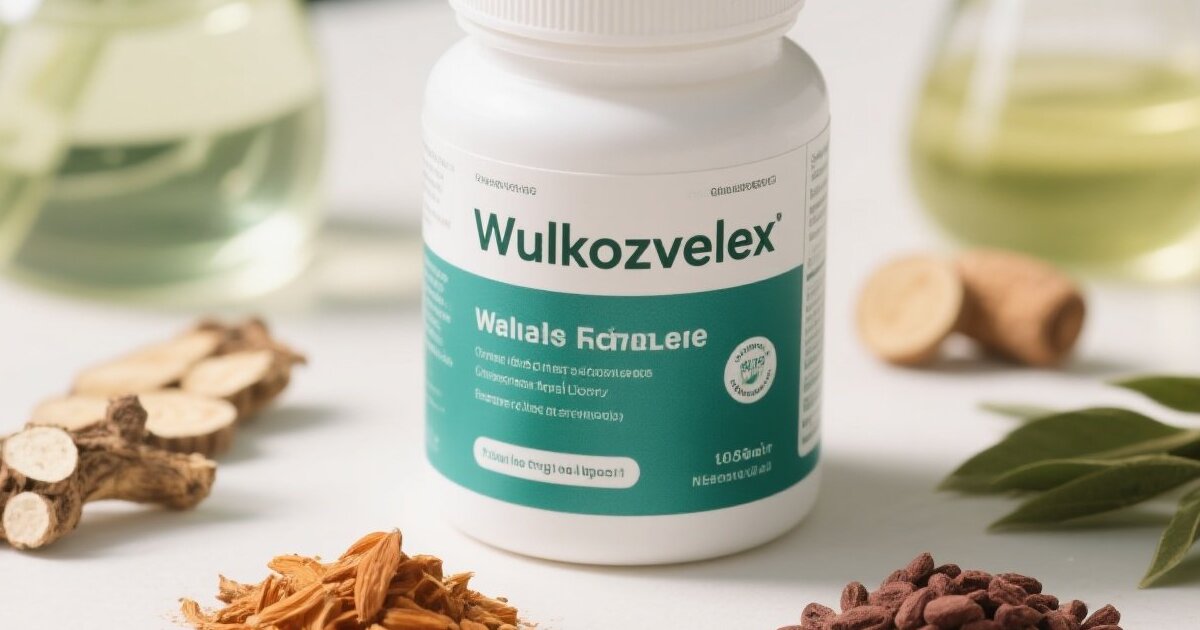

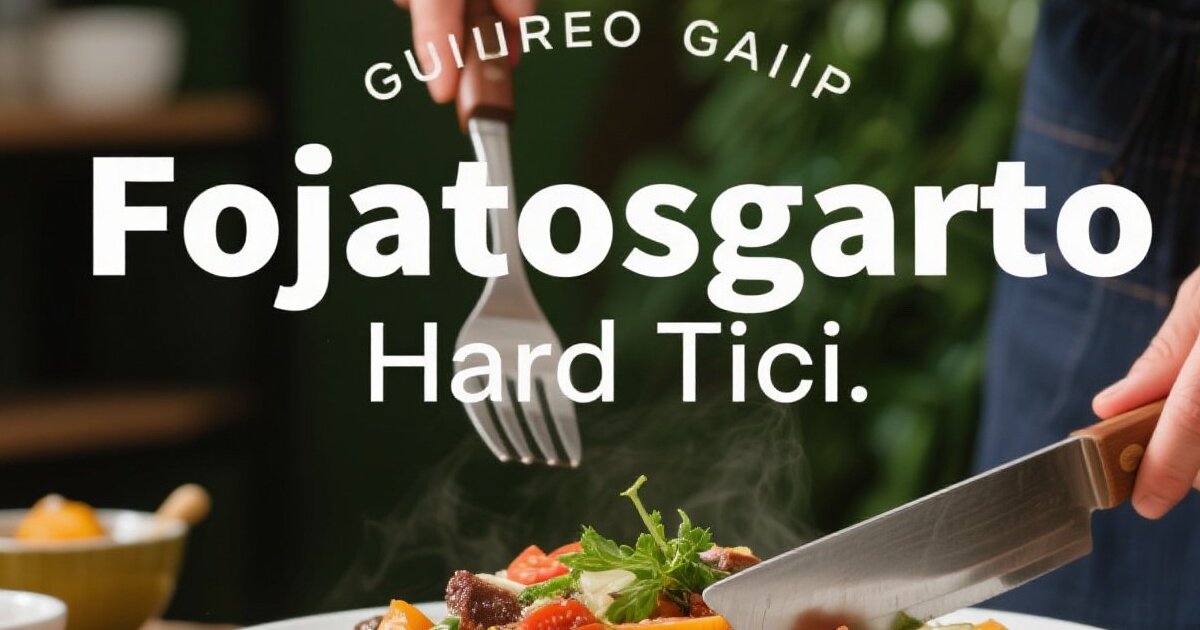



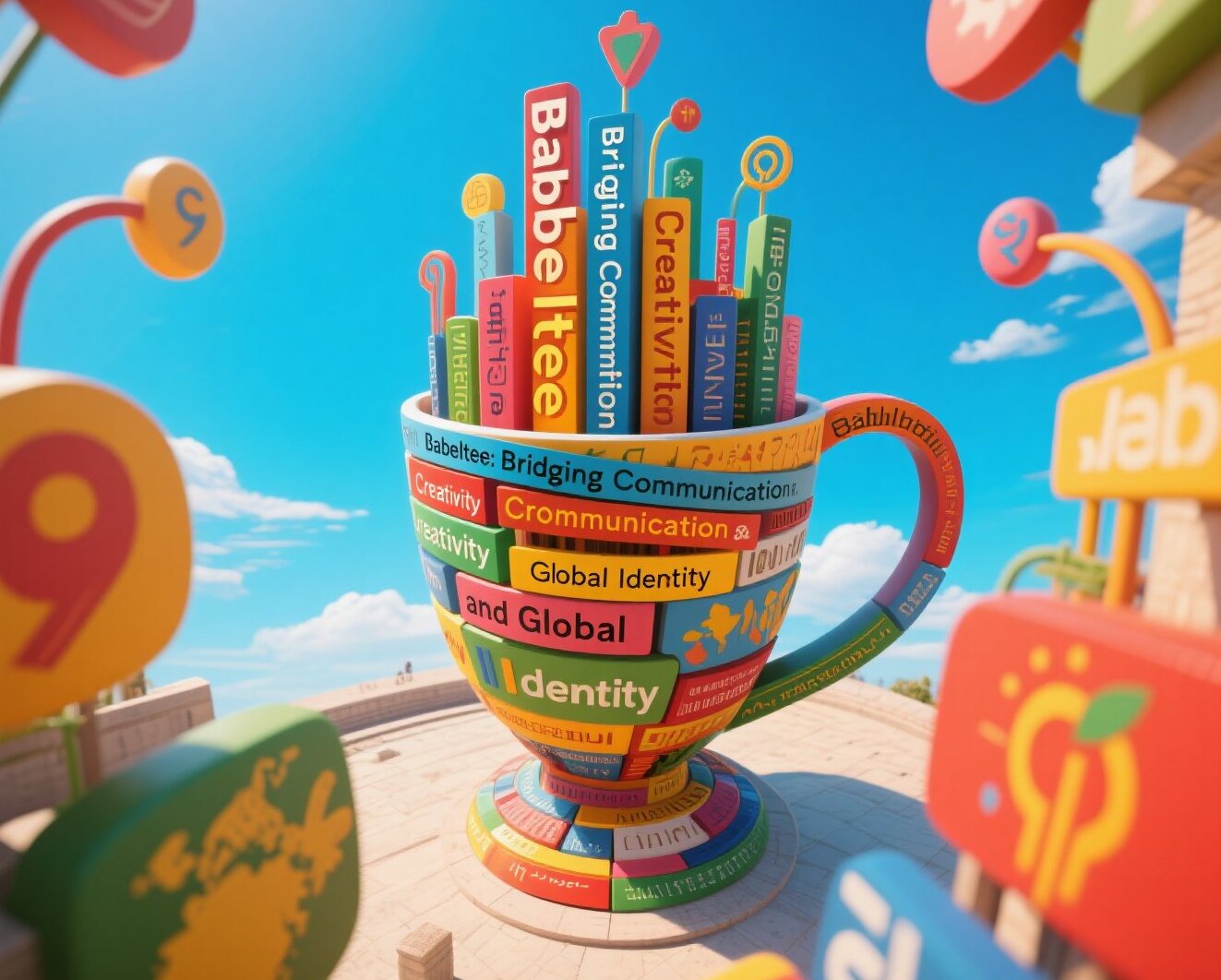
Leave a Reply